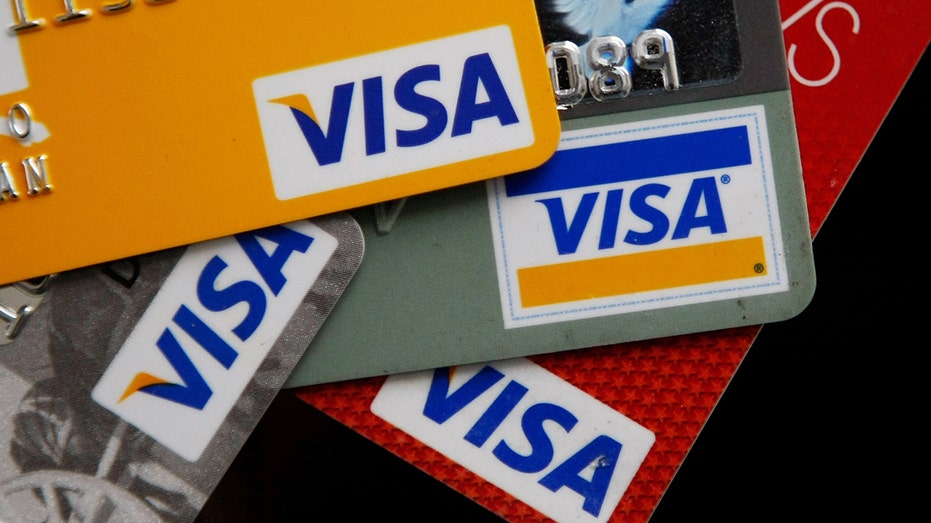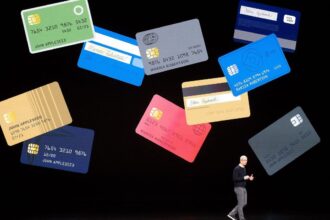Americans are drowning in credit card debt as uncomfortably high inflation makes the cost of everyday necessities more expensive.
In the last three months of 2022, credit card balances increased by $61 billion to $986 billion, according to the New York Federal Reserve Bank’s Quarterly Report on Household Debt and Credit published Thursday. That smashed the previous high of $927 billion, recorded before the COVID-19 pandemic began.
Total U.S. household debt, meanwhile, climbed to a record $16.9 trillion during the fourth quarter, an increase of 2.4% from the prior three-month period.
The latest data marks a major reversal from just two years ago when households were rapidly paying off credit card debt with the stimulus payments that they received during the pandemic. On top of that, fewer Americans were spending on big-ticket items like vacations because of the virus-induced lockdowns.
WHAT IS A ROLLING RECESSION, AND IS THE US ECONOMY CURRENTLY IN ONE?
The rise in credit card usage and debt is particularly concerning because interest rates are astronomically high right now. The average credit card APR, or annual percentage rate, set a new record high of 19.14% last week, according to a Bankrate.com database that goes back to 1985. The previous record was 19% in July 1991.
“It’s triple trouble for credit card borrowers,” Ted Rossman, senior industry analyst for Bankrate, said in a statement. “Balances are up, rates are up and more people are carrying credit card debt.”
INFLATION STILL OUTSTRIPPING WAGES IN MOST US CITIES
If people are carrying debt to compensate for steeper prices, they could end up paying more for items in the long run. For instance, if you owe $5,000 in debt — which the average American does — current APR levels would mean it would take about 191 months and $6,546 in interest to pay off the debt making the minimum payments.

By comparison, the 16.3% average rate at the beginning of the year would mean paying about $5,517 in interest and getting out of debt after 185 months.
At the end of 2022, some 18.3 million borrowers were behind on a credit card, according to the New York Fed analysis. There were about 15.8 million behind on a card in that same period two years ago.
While delinquency rates remain relatively small, there is an uptick in young borrowers who are struggling with credit card and auto loan payments. As of December, just 2.5% of outstanding debt was in some stage of delinquency, 2.2 percentage points lower than in 2019.
But the fact that there is any semblance of delinquency rates rising during such a strong labor market is concerning, the New York Fed researchers said. If the unemployment rate begins to raise — which many economists expect due to the aggressive monetary policy tightening underway by the U.S. central bank — that could be worrisome for consumer debt and delinquency levels.
“Although historically low unemployment has kept consumers’ financial footing generally strong, stubbornly high prices and climbing interest rates may be testing some borrowers’ ability to repay their debts,” Wilbert van der Klaauw, economic research adviser at the New York Fed, said in a statement.
Read the full article here










